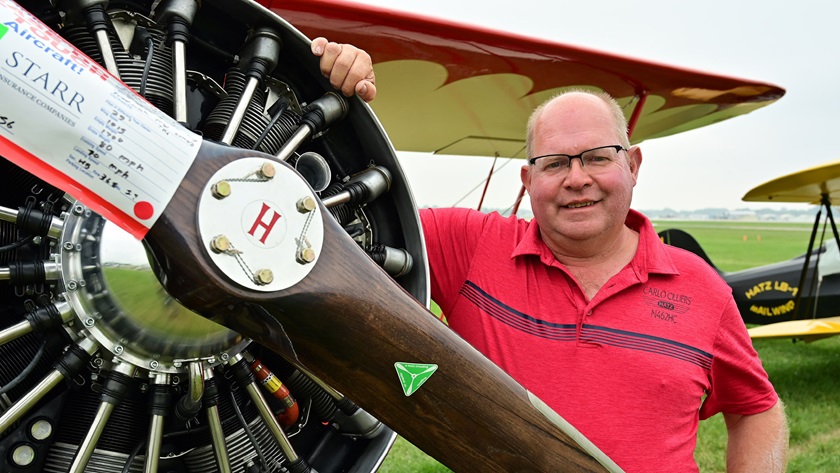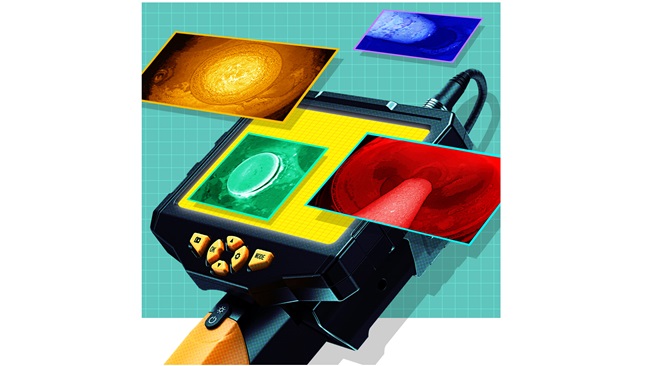Keeping it clean in the backcountry
Mud, dust, sand, grass, insects. All of these and more await you in the backcountry and, more than likely, will accompany you home on the windscreen, fuselage, tail, and tires of your airplane.
The good news is that you can alleviate most of what you accumulate while flying in the backcountry with the addition of a few simple items—namely a rag and a spray bottle.
Cleaning your airplane daily will ensure you keep ahead of the dirt and grime and the job doesn’t become too massive when you get back to your home airport. While you’re at the daily cleaning, check the brake calipers to ensure they are free of mud. “That’s a safety item,” said Carlo Cilliers, lead aircraft maintenance and aviation technical specialist at AOPA. “That’s the only thing that can really cake up with mud.”
Heading to a windy, dusty environment such as High Sierra Fly-In at Dead Cow Lakebed in Reno, Nevada? Or perhaps you’ve decided to join the adventurous pilots who land at Nevada’s Black Rock Desert for the yearly sand-whipped celebration known as Burning Man? Pilots who’ve been there may carry plastic cling wrap that they’ll use to cover up the gaps in the airplane’s airframe to keep dust and sand out of vents and door seals. Use tape that does not have a very high level of tack, such as chrome tape or masking tape, to secure the cling wrap.
If you detect oil smears on your airplane while out in the backcountry, wipe them off as best you can, but refrain from carrying solvents in the airplane because they’re flammable. When you get home, clean off the oil with the solvent or cleaner that’s suitable for the covering of the airplane. A fabric-covered airplane painted in urethane “pretty much has the same resilience as aircraft skin treated with urethane,” said Cilliers.
Fabric covered in dope has a more porous, matte finish, “and you never want to use solvent on that,” he said.





